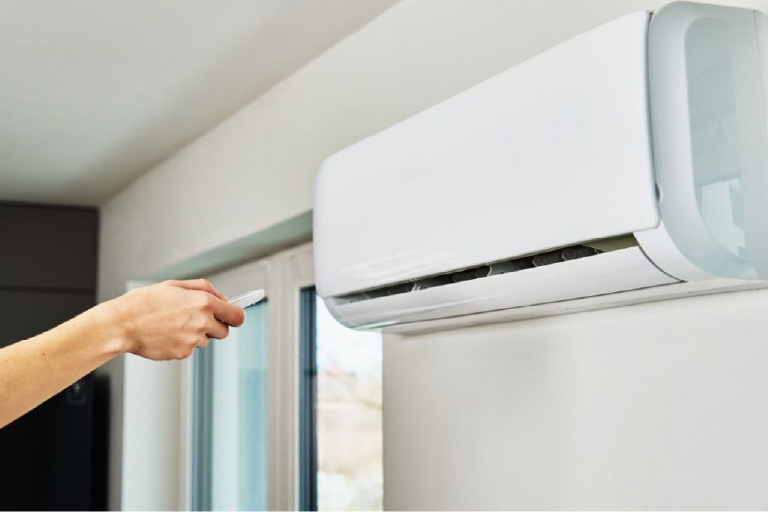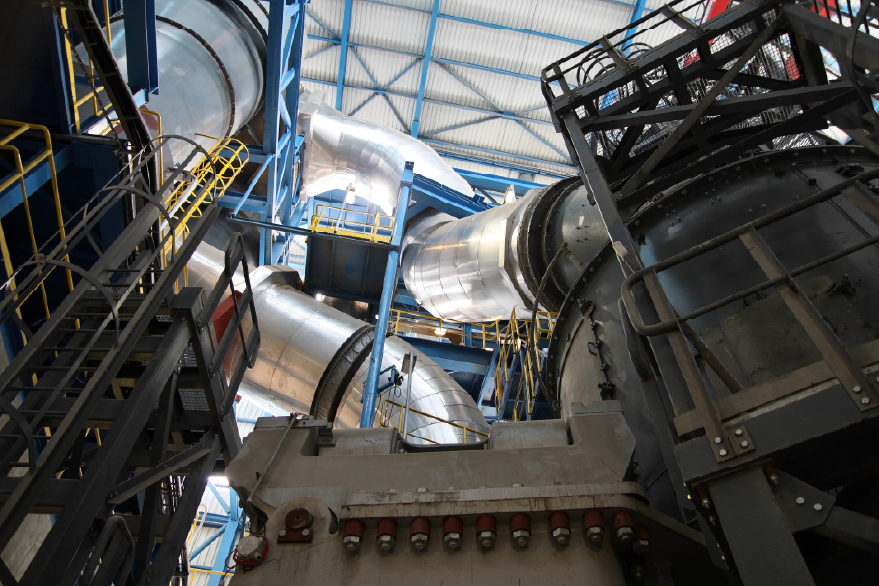Mini Split System vs. Traditional HVAC
When it comes to heating and cooling your home, choosing the right system is crucial for efficiency, comfort, and cost-effectiveness. Traditional HVAC systems rely on ductwork to distribute air, while ductless mini-split systems operate without ducts, using a refrigerant line to connect multiple indoor units to a single outdoor condenser. But which option is better? Let’s compare their advantages and disadvantages to help you decide.
What is a Ductless Mini Split System?
A ductless mini-split system is an HVAC solution that eliminates the need for ductwork. Instead, it uses a conduit to connect the outdoor condenser with indoor air-handling units, allowing for targeted heating and cooling. This system is particularly beneficial for homes without existing ducts or for adding climate control to specific areas.
Key Differences Between Mini Split Systems and Traditional HVAC
| Feature | Traditional HVAC | Ductless Mini Split |
|---|---|---|
| Installation Complexity | Requires ductwork installation | No ductwork needed, quicker setup |
| Energy Efficiency | Can lose energy through duct leaks | More efficient, direct air distribution |
| Zoning Capabilities | Single temperature control for entire home | Individualized climate control per room |
| Maintenance | Duct cleaning required | Simple filter maintenance |
| Upfront Cost | Lower initial installation cost | Higher upfront investment |
| Aesthetic Impact | Hidden ducts, central vents | Visible wall-mounted units |
Pros of Ductless Mini Split Systems
Easy Installation
Unlike traditional HVAC systems, which require extensive ductwork installation, mini-split systems only need a small hole for the conduit. This makes them an excellent choice for older homes, apartments, and additions where duct installation is impractical.
High Energy Efficiency
Mini-split systems use inverter technology, which adjusts compressor speed based on demand. This results in reduced energy consumption, lower utility bills, and longer system lifespan.
Improved Air Quality
Since mini-splits don’t use ducts, they prevent dust, allergens, and contaminants from circulating through your home. Many models also feature multi-stage filtration systems that enhance indoor air quality.
Customizable Zoning
Each indoor unit operates independently, allowing you to set different temperatures in different rooms. This zoned cooling and heating system prevents unnecessary energy use and increases comfort.
Quiet Operation
Mini-split systems operate at much lower noise levels than traditional HVAC units, making them ideal for bedrooms, offices, and other quiet spaces.
Cons of Ductless Mini Split Systems
Higher Upfront Cost
Although mini splits save money in the long run through energy efficiency, their initial installation cost is higher than that of a traditional HVAC system.
Space Requirements
Indoor units must be mounted on walls or ceilings, which may not appeal to homeowners who prefer an unobtrusive heating and cooling solution.
Performance in Extreme Temperatures
In areas with extremely cold temperatures, mini-splits may require supplemental heating, which can affect their cost-effectiveness.
Aesthetic Considerations
While traditional HVAC systems hide their components behind walls and ceilings, mini-split units are more visible, which may not suit all design preferences.
Which System is Best for You?
- Choose a traditional HVAC system if your home already has ductwork and you prefer a centralized heating and cooling solution.
- Choose a mini split system if you need an energy-efficient, customizable solution without the hassle of duct installation.
Final Thoughts
Both ductless mini split and traditional HVAC systems have their strengths and weaknesses. The best choice depends on your home’s layout, energy efficiency goals, and budget. If you’re considering upgrading your HVAC system, consult with a professional to determine the best solution for your needs.
Interested in installing a ductless mini split system? Contact us today for expert guidance and professional installation!



